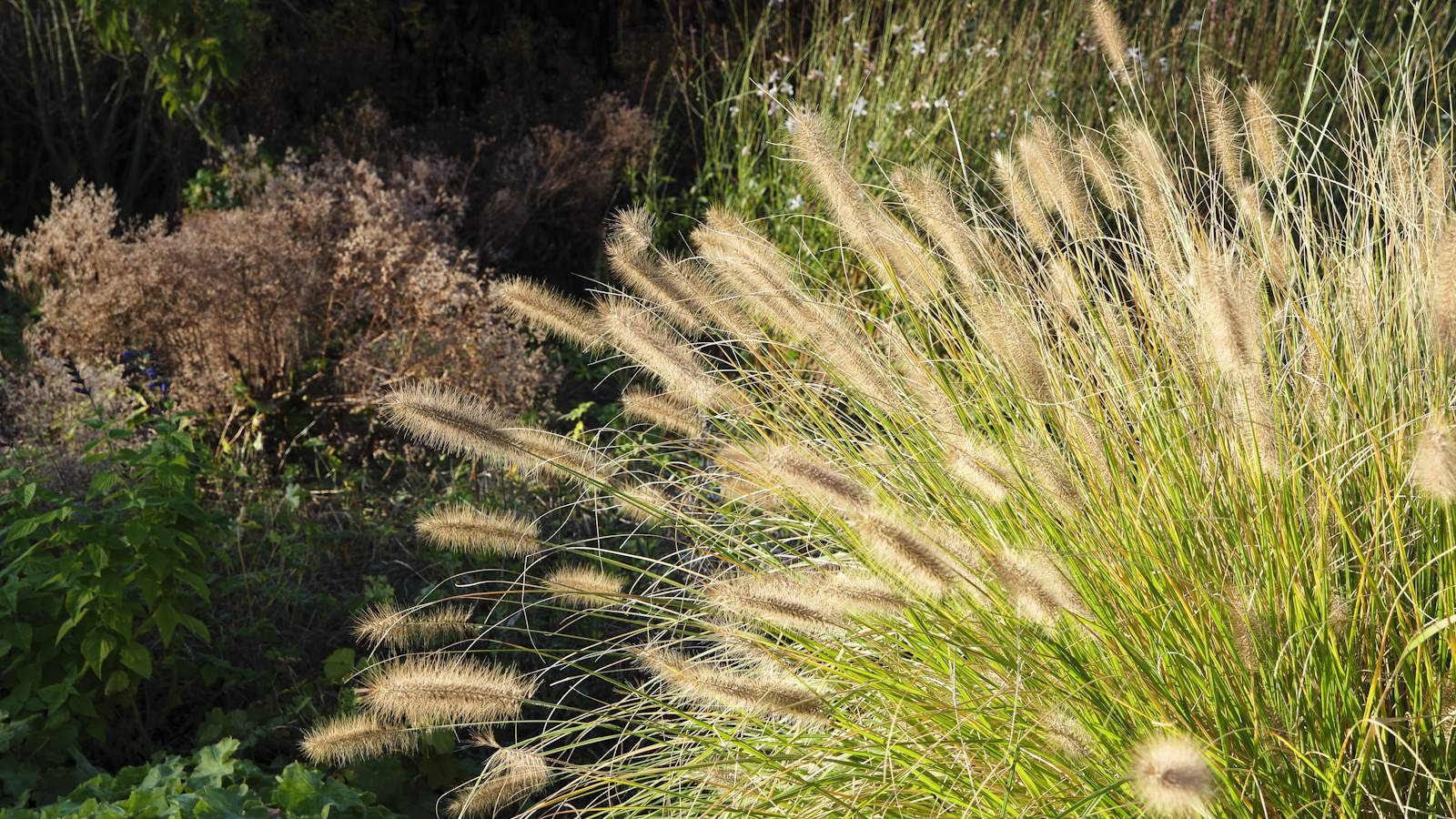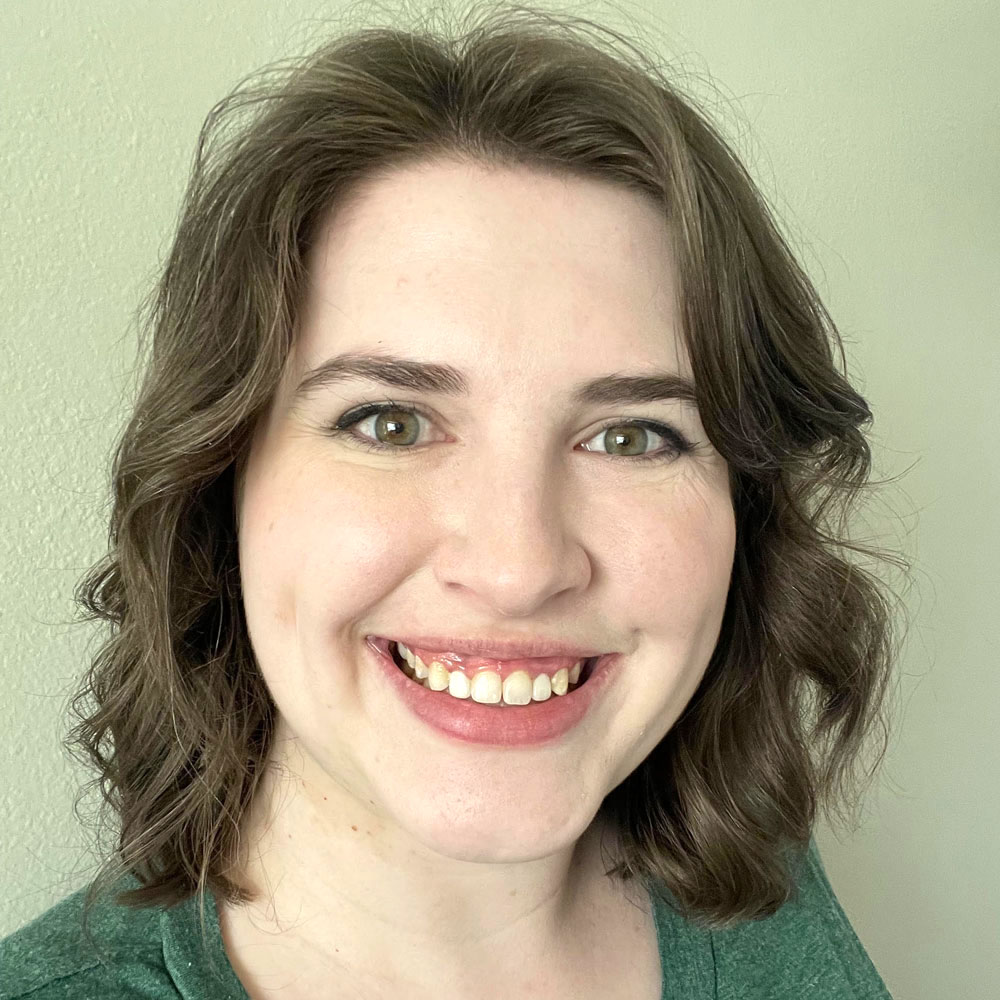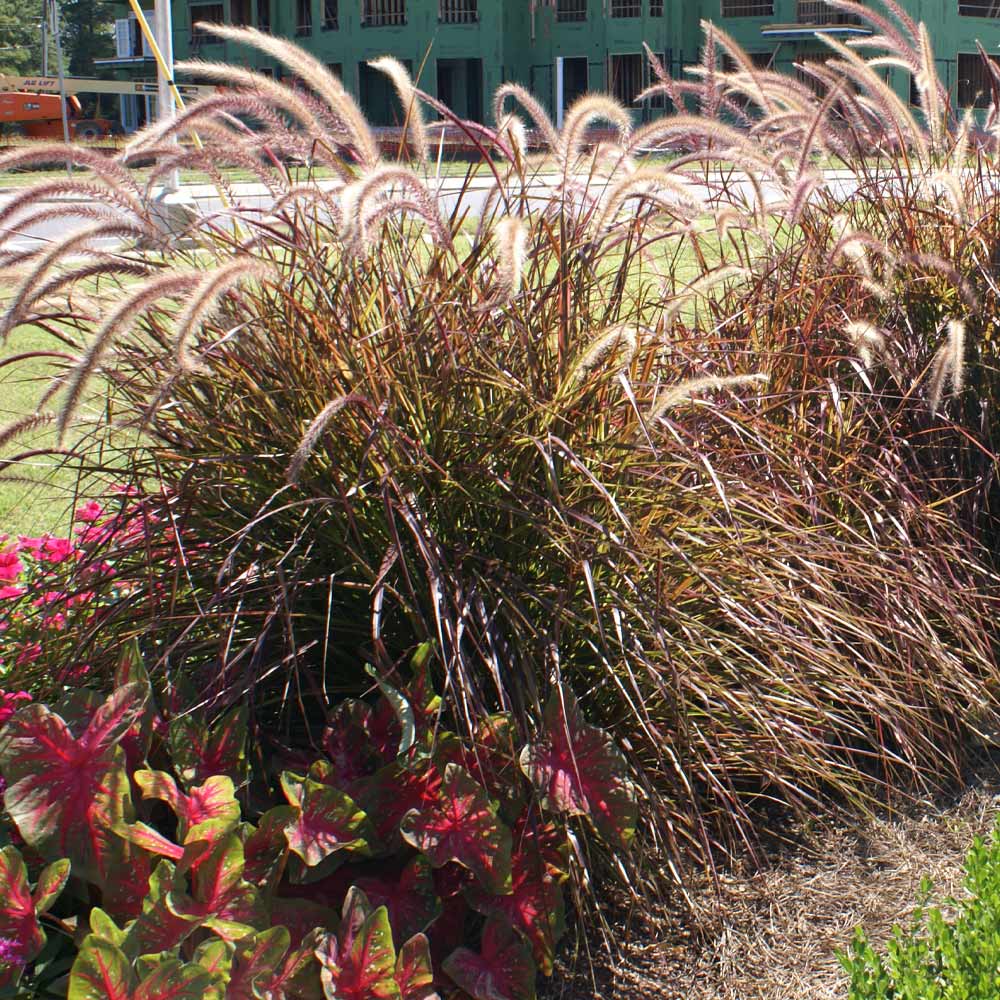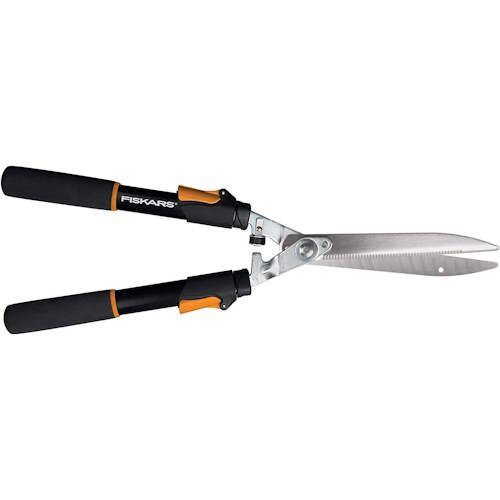How and when to cut back fountain grass – will you do it in fall or spring?
Experts reveal why your location might impact when it is best to prune


Fountain grass, also known as pennisetum, is the name for a range of warm season deciduous grasses that are commonly seen in backyards. The plants are fantastic ornamental specimens that are easy to grow and maintain, with their feathery flower spikes coming in a variety of sizes and colors.
Though fountain grass may be low-maintenance, it still requires some attention. One key task that is required each year is to cut back fountain grass, removing all of the old foliage to allow new growth to come through and put on a fresh display.
When you are growing ornamental grasses, they benefit from trimming every year. All ornamental grasses should be cut back, whether they are deciduous or evergreen, though the level of pruning required differs between the two categories. Fountain grass, as a deciduous grass, dies back each year and needs to be pruned hard.

Fountain grass is adored for its feathery plumes
Do you cut back fountain grass?
Fountain grass definitely needs to be pruned annually to keep it looking at its best and growing healthily. To help give you the confidence to tackle trimming fountain grass, if you have the plant as part of your backyard ideas, we take a close look at when and how to cut back the plants.
When do you cut back fountain grass?

Cutting back fountain grass ensures new growth comes through
There are two windows for when to prune fountain grass and the one you opt for may depend on your location, or your garden style.
As a warm season grass, fountain grass will naturally turn brown in winter as the foliage dies. It can still offer aesthetic beauty in a winter garden, however, providing structure and movement - as well as the seed heads looking great when tinged with a frost and providing habitat and food for insects and birds. For those reasons, many gardeners opt to prune in spring and start to cut back the grasses from February onwards.
However, if you live in a colder US hardiness zone, the best time to prune fountain grass may come earlier. Trimming in fall can help to protect the plant’s crown and prevent issues that can occur as a result of winter weather, including the crown splitting or excessive moisture build-up in areas with lots of snow or rain.
Design expertise in your inbox – from inspiring decorating ideas and beautiful celebrity homes to practical gardening advice and shopping round-ups.
Some gardeners may also simply choose to add cutting back fountain grass to their fall gardening checklist as they prefer to keep a tidier backyard over the winter months.
‘Late fall is a great time to cut fountain grass back for colder climates, since the crown will go dormant and snow load will cover and insulate that crown,’ says Tamara Hogan, plant expert at Fast Growing Trees. ‘Early spring is a good time to cut back when you live in temperatures where you can enjoy the seed heads and fall color through winter.
‘As long as the grass has had a haircut before the next season, that’s all it needs to not get in the way of new growth.’
You do need to prune fountain grass before it begins to actively start growing again in mid-to-late spring. Leaving it beyond this point would be a pruning mistake.
Jessica Mercer from Plant Addicts warns that waiting too long can mean ‘you may have difficulty separating the brown growth from the new green shoots’ and risk removing some of this year’s growth.

Tamara Hogan graduated from Utah State University with a degree in Ornamental Horticulture and an emphasis in Greenhouse Management. She worked within various horticulture fields before joining Fast Growing Trees.

Jessica Mercer, PhD, is the Senior Content Marketing Coordinator for Plant Addicts. As a plant collector, Jessica enjoys growing many different plants and learning about the best culture practices for each. She uses her science background to research interesting plant topics and present the information to other gardeners for Plant Addicts.
How to cut back fountain grass

Fountain grass is cut back hard each year
The process of pruning fountain grass is very quick and simple. One of the reasons the plant is so popular in people’s backyard landscaping is due to how low maintenance they are.
You only need a few garden tools and the task should be pretty fuss-free. A pair of clean and sharp pruning shears or garden shears will do the job successfully. It is important to wear a pair of gardening gloves and a long-sleeved top to prevent being cut by the sharp blades on your hands or arms.
Step one in how to prune fountain grass is to bundle all of the foliage together. Using string or rope to tie around the leaves can be a simple and successful way of keeping all the foliage secured. Once all the foliage is bound together, then you merely need to cut down all the dead stems - and they should also be easier to clear away as they are all tied up.
‘Remove all of the dead growth that you can, six inches from the base of the plant. This will help give room for future growth and shape the plant for the next season,’ advises Tamara Hogan.
‘Don’t go too low. If you are getting to the top 1-6 inches of the plant, you are cutting into the crown. That crown is responsible for all the new growth. It’s better to leave the grass a little long than to cut it too short.’
FAQs
How do you care for fountain grass in the winter?
Fountain grass is a hardy ornamental grass in US hardiness zones 5-11, depending on the variety. In colder zones it can be overwintered, by being lifted, cut back, and placed in a container to be kept in a cool spot.
The ambition here is to keep the plant alive in a dormant state over winter, to be moved back outside once the weather warms in spring. Plants can be protected from winter weather outside in the garden, if required, either through being wrapped with horticultural fleece or covered with mulch around the base to protect the crown.
If you have any evergreen native grasses in your yard, the method to tidy them is different to with deciduous ones such as fountain grass. Rather than chopping all the foliage down, the way to treat them is to comb your fingers through them to remove dead stems and leaves.

Drew has worked as a writer since 2008 and was also a professional gardener for many years. As a trained horticulturist, he worked in prestigious historic gardens, including Hanbury Hall and the world-famous Hidcote Manor Garden. He also spent time as a specialist kitchen gardener at Soho Farmhouse and Netherby Hall, where he grew vegetables, fruit, herbs, and cut flowers for restaurants. Drew has written for numerous print and online publications and is an allotment holder and garden blogger. He is shortlisted for the Digital Gardening Writer of the Year at the 2025 Garden Media Guild Awards.

